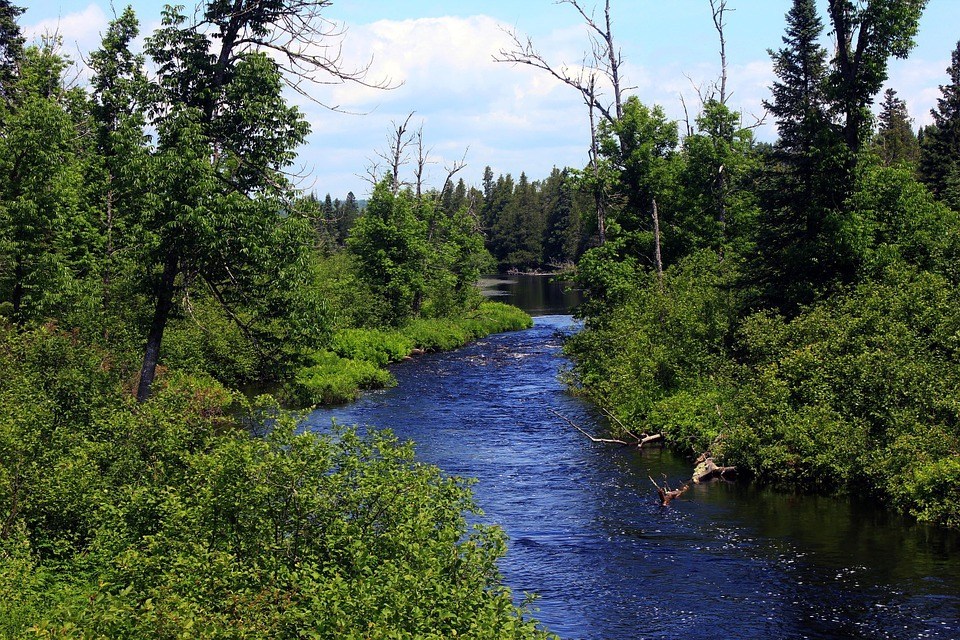
There is no debate among scientists that glaciers covering large portions of North America marked the peak of the last ice age nearly 22,000 years ago, but they do disagree on the source of the trees that led to the eventual reforestation once the ice retreated. A University of Michigan study published Monday seeks to settle the dispute.
Researchers used a recently developed genetic technique to estimate the precise longitude and latitude of the surviving ancestors of today’s forest species referred to as ice-age refugia. Two broadly distributed hickory species, the bitternut and the shagbark, likely survived much farther north and closer to the ice sheet than originally believed.
Identifying the locations of glacial refugia helps scientists understand basic forest history and a key to establishing a baseline showing how fast and far tree species are able to migrate in response to climate change. Also, locating refugia helps biologists identify tree populations that may be genetically unique and important to conservation efforts.
“The traditional view is that these tree species only survived in larger refugia located farther south, where regional climate was much warmer,” University of Georgia post-doctoral research associate Jordan Bemmels said.
“Our results for bitternut hickory provide some of the strongest evidence to date that northern microrefugia existed and were important for survival of some temperate tree species throughout the ice age,” he said. [Read more…]